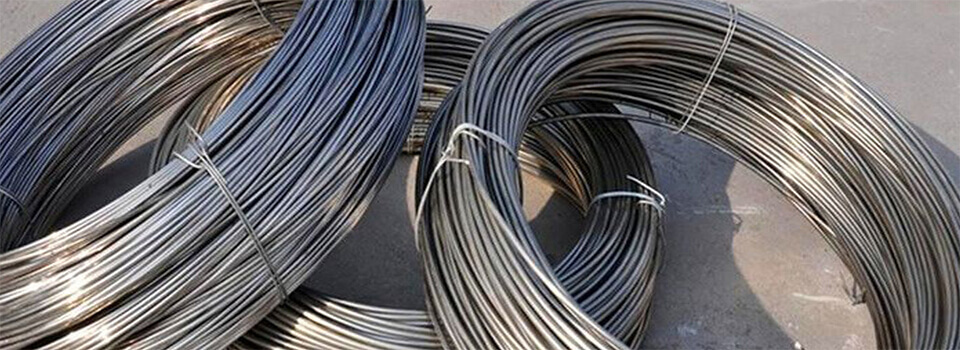SMO 254 Wire Manufacturers, SMO 254 Wire Exporters, SMO 254 Wire Suppliers, SMO 254 Wire Importers, SMO 254 Wire Stockists
SMO 254 Wire Manufacturers in Mumbai, SMO 254 Wire Exporters in Mumbai, SMO 254 Wire Suppliers in Mumbai, SMO 254 Wire Importers in Mumbai, SMO 254 Wire Stockists in Mumbai
SMO 254 Wire Manufacturers in India, SMO 254 Wire Exporters in India, SMO 254 Wire Suppliers in India, SMO 254 Wire Importers in India, SMO 254 Wire Stockists in India
254 SMO Steel Coil Wire, 6Moly Wire, 254 SMO Filler Wire, ASTM A580 SMO Wire, SMO 254 Welding Suppliers and Exporters in Mumbai,India. SMO UNS S31254 Bright Wire, Exporters of ASTM SA580 254 SMO Wire, Alloy 254 Wire, SMO WERKSTOFF NR. 1.4547 Wire Manufacturer in India. Tig Wire Welding, Mig Wire Welding, Tig Welding Spool, Mig Welding Spool.
SMO 254 Wire, where the tolerable structure respects are around 50 % higher than those for standard austenitic steels. In light of a great deal of chromium, molybdenum, and nitrogen, our SMO 254 Wire is particularly fitting for high chloride conditions, for example, salty water, seawater, squash plant shading plants, and other high – chloride technique streams.
This induces the likelihood of dealing with dynamically slight dividers in this SMO 254 Wire can additional expenses in material, transport and sponsorship. The social affairs were endeavored under research office conditions to watch the fatigue innovativeness of our SMO 254 Coil Wire, when appeared different pieces of related turning bowing worry of the chamber.
This procedure applies a totally traded bowing load on the fitting relationship of this SMO 254 Electrode while pressurized with water driven oil at the tubing working weight. The test groundwork of our SMO 254 Wire were flexed until either the fitting released, the load broke, or if nothing else 10 million cycles were cleaned, whichever happened first.
The strain level figures to a substituting worry for this Alloy 254 Wire, where Rotary flexure testing systems have been settled. Our Alloy 254 other than reports that purposeful field information for channeling frameworks endorse that if the structure props up past 10 million cycles, it will have unending life.
SMO 254 Wire Specifications
| Specifications | : | ASTM A580 ASME SA580 / ASTM A313 ASME SA313 |
| Dimensions | : | ASTM, ASME |
| Length | : | MAX 12000 mm |
| Diameter | : | 0.1 mm To 400 mm |
| Specialize | : | Wire, Filler Wire, Coil Wire, Electrode, Welding Electrode, Welding Wire |
SMO 254 Wire Equivalent Grades
| STANDARD | WERKSTOFF NR. | UNS | SIS | BS | GOST | AFNOR | EN |
| SMO 254 | 1.4547 | S31254 | 2378 | – | – | Z1 CNDU 20.18.06Az | X1CrNiMoCuN20-18-7 |
SMO 254 Wire Chemical compositions
| Grade | C | Mn | Si | Cu | S | P | Mo | Ni | Cr |
| SMO 254 | 0.02 | 1 | 0.08 | 0.5-1.0 | 0.01 | 0.03 | 6.0-6.5 | 17.5-18.5 | 19.5-20.5 |
SMO 254 Wire mechanical Properties
| Density | Melting Point | Tensile Strength | Yield Strength (0.2%Offset) | Elongation |
| 8 g/cm3 | 1320-1390 ℃ | 650 | 300 | 35 % |
SMO 254 Wire Applications
- Off-Shore Oil Drilling Companies
- Power Generation
- Petrochemicals
- Gas Processing
- Pharmaceutical Equipment
- Chemical Equipment
- Sea Water Equipment
- Heat Exchangers
- Condensers
- Pulp and Paper Industry

